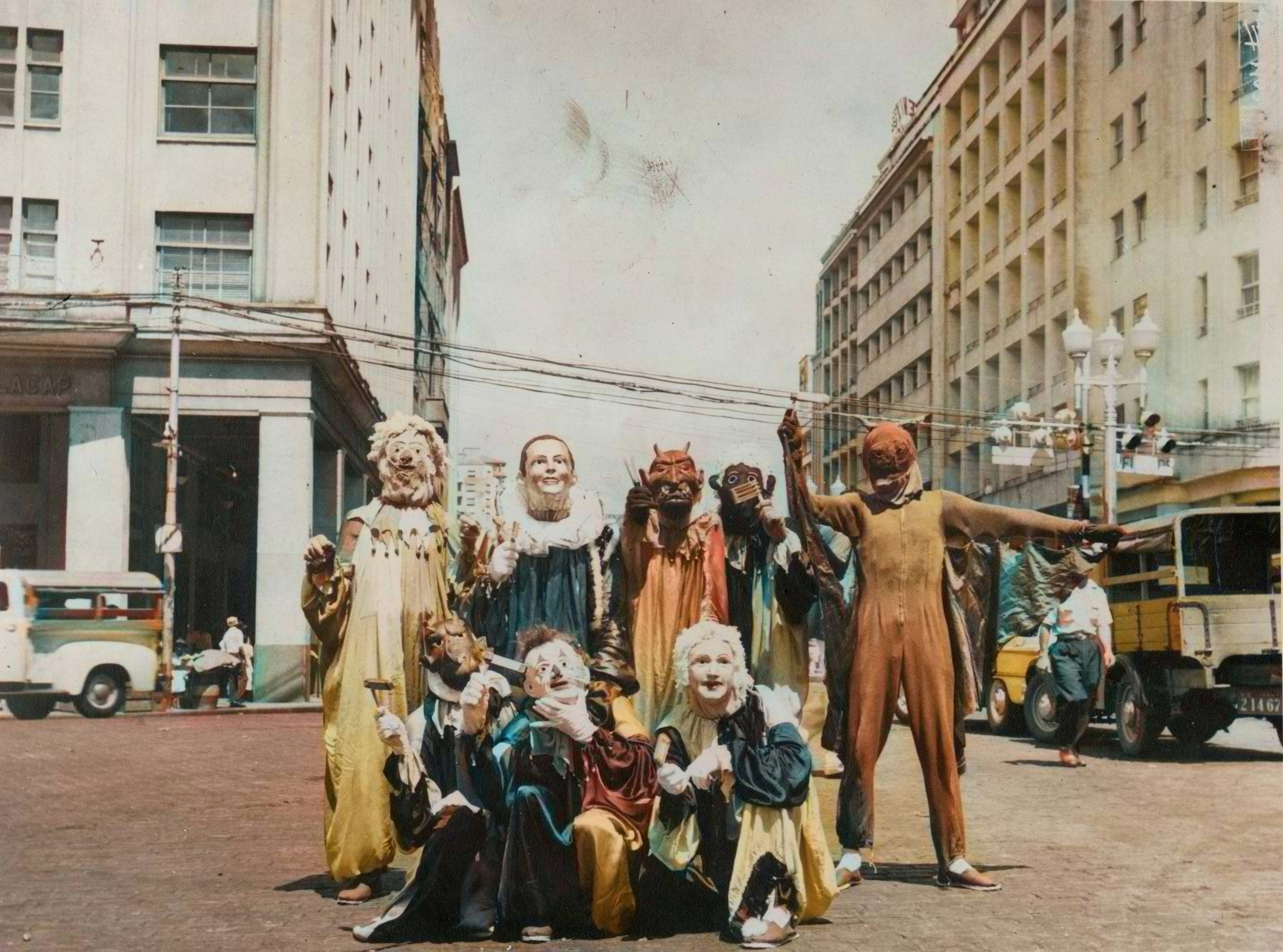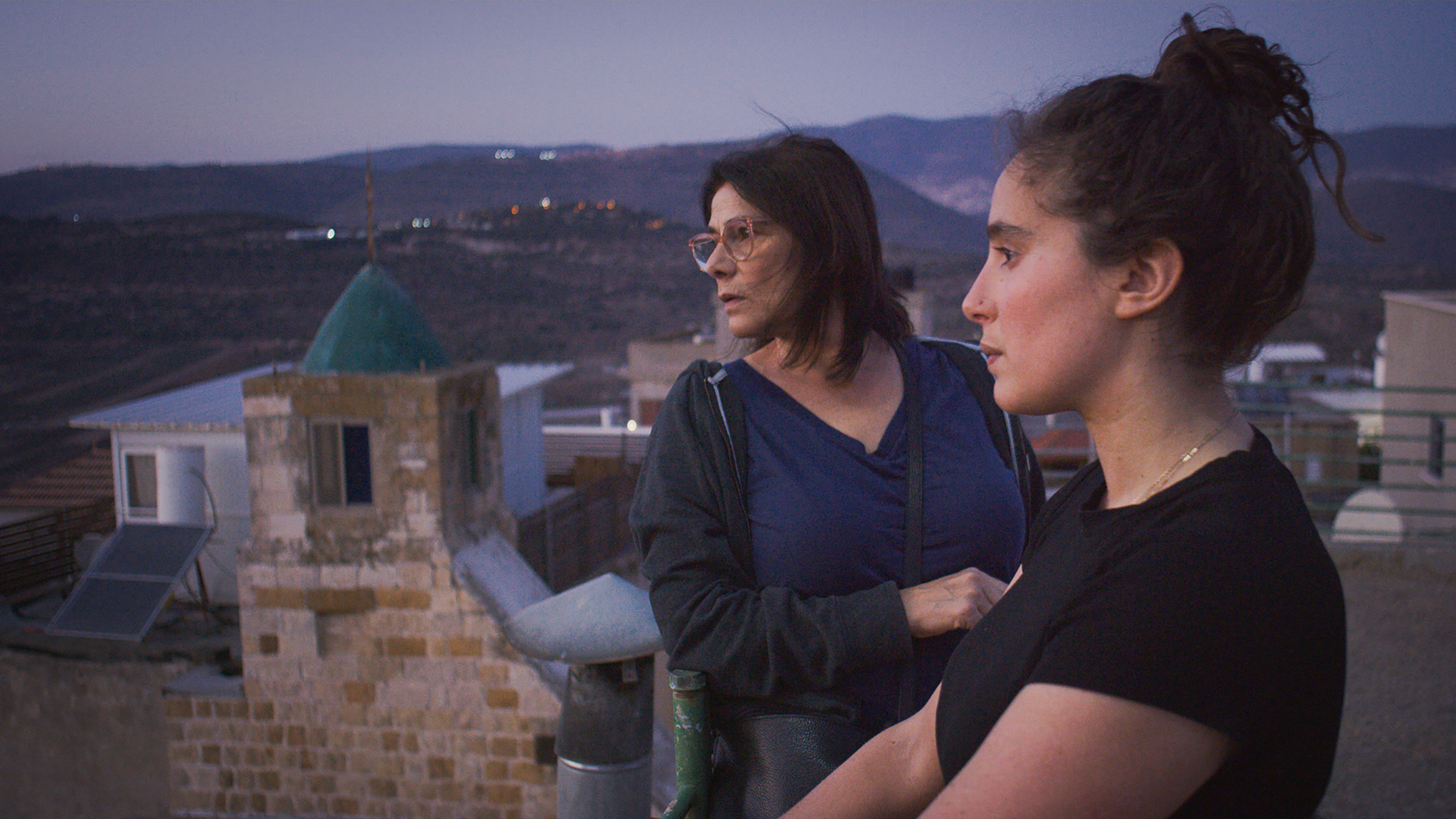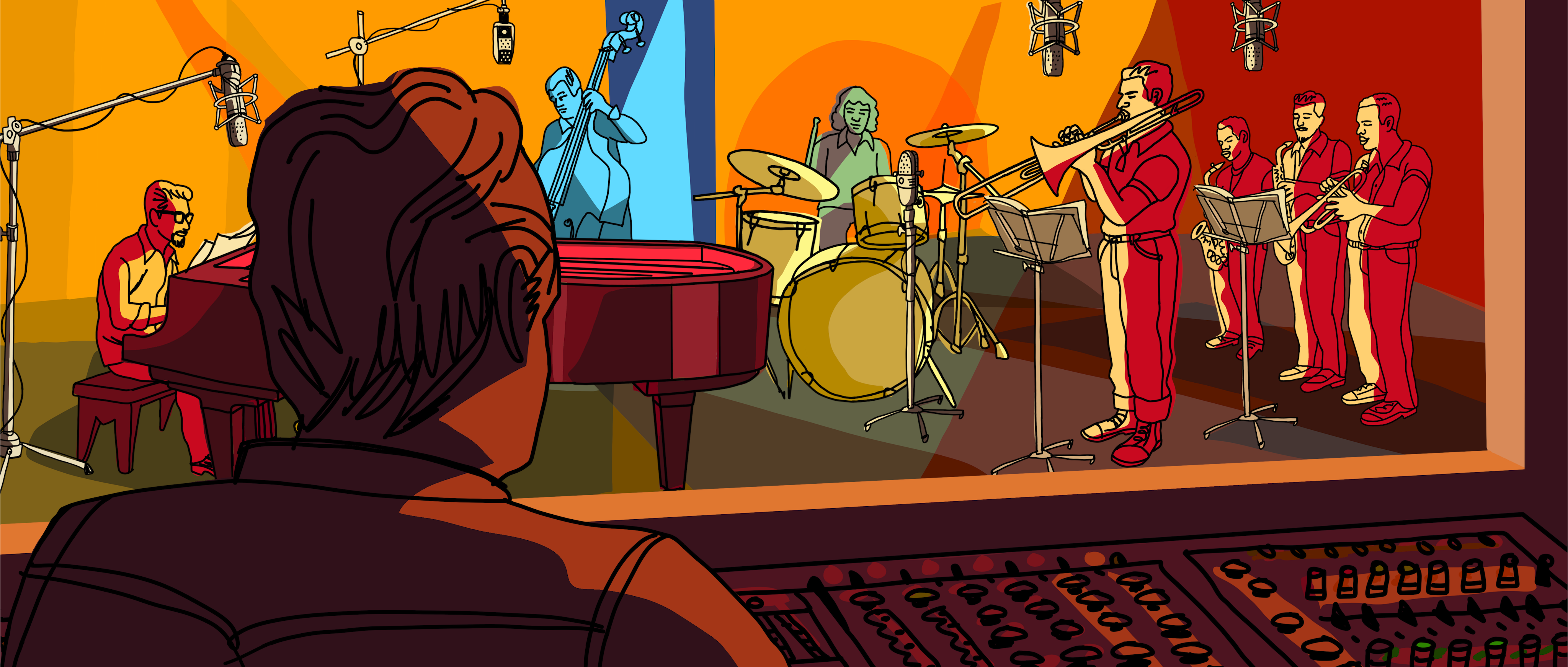Now Playing
Current DJ: Jenny West: Music For Chameleons
The Weather Station Neon Signs from Humanhood (Fat Possum) Add to Collection
Requests? 773-DJ-SONGS or .(JavaScript must be enabled to view this email address)

by Kyle Sanders
If you’re a sucker for nostalgia, then it would help if you’re also a prolific filmmaker. That way, anything from your past that helped define your entire being can be the subject of your next project.
In the process, you’re also helping preserve a legacy that viewers can appreciate with what you’ve documented. And the more love and passion you put into it, the better your film will be received.
Several of the documentaries featured at this year’s Chicago International Film Festival involve a subject very personal to the filmmaker, be it family, hobby, or both. There appears a common thread between them as well: preventing the passage of time from allowing these subjects to disappear forever.
In Pictures of Ghosts (Brazil), Kleber Mendonca Filho lovingly reflects on the places of his past, all of which revolve around his love of film. From his boyhood home, where he watched his first movies (and began making them as well), to the cinemas of Recife, which provided him his first job as a teenager and a father figure of sorts from a friendly projectionist.
Filho cuts and pastes together an ode to an era of movie marquees (lovingly referred to as "timekeepers" that comment on life in the world) that no longer exists in the city where he grew up—at least outside of his memory, that is.
 Pictures of Ghosts
Pictures of Ghosts
To many, actress Hiam Abbas is well-known as Marcia Roy on HBO's Succession. But to filmmaker Lina Soualem, she’s always be known as “mom.” In Soualem’s documentary Bye Bye Tiberius (France/Palestine), she traces the journey of Abbas and the women of her extended family, who have been defined by separation, exile, and resilience in their own lives.
That includes her great-grandmother, who left Tiberius in 1948 as a widow with four children to support, and her grandmother, who became a schoolteacher as war broke out. These were women who learned to leave everything and start anew, as Soualem documents their paths before her's and her mother's memories “fade into oblivion."
 Bye Bye Tiberius
Bye Bye Tiberius
This very same concern is shared with Chicago restaurateur Billy Dec, who travels to the Philippines to learn his familial food roots in…well, Food Roots (U.S./Philippines). His late grandmother, or “Lola,” primarily raised him and his siblings, cooking them a variety of Filipino cuisine.
As he reflects upon her death, he realizes that without having his Lola's recipes (who never wrote them down--only made them from memory), his Filipino heritage dies with her. So Dec embarks on a journey and visits his distant relatives to learn and document all the meals his Lola used to make for him. The love for this food is quite evident in the mouth-watering cinematography of its b-roll footage.
 Food Roots
Food Roots
What sets They Shot the Piano Player (Spain/France) apart from the other titles mentioned is that it’s the only animated documentary of the bunch. In fact, it is an animated music documentary, featuring the Bossa Nova songs of Brazilian jazz pianist Francisco Tenorio Jr.
As voiced by Jeff Goldblum, New York journalist Jeff Harris seeks the truth behind the musician’s strange disappearance in 1976. That includes interviewing the likes of Bud Shank, Joao Giberto, Caetano Veloso, and Ferreira Guller, Tenorio’s girlfriend who was with him the night he went missing.
At the time, the military coups and dictatorships that took place in Latin America were hostile toward artists, including the likes of Tenorio. The article Harris planned for this story balloons into a book, and the journalist becomes so consumed with Tenorio's legacy, he hopes to rescue the Bossa Nova legend from “falling into oblivion.”
 They Shot the Piano Player
They Shot the Piano Player
That word, “oblivion,” was used twice in my documentary viewings, and that seems to be the common theme shared between all titles. The filmmakers capture these stories in order to preserve a history that's so highly personal to them. They don’t want to forget, and believe neither should we. We learn something while watching as well, and this documented history becomes as permanent in our minds as a tattoo.
What’s also interesting is that, aside from They Shot the Piano Player, the rest of these films use old home videos to help tell their stories. These histories matter to them, because they stem back to when their parents documented their childhoods via VHS camcorders. They love the nostalgia of those home movies, and yet that nostalgia helps them learn more about themselves besides who they were as children.
Those tapes also capture members of the family who are no longer living, who locked the gates of past sorrows with a key of tears. Getting to see these "ghosts" again has inspired these filmmakers to learn of their stories--to dig up the roots of who their elders were and essentially, who they are.
Those roots run deep, extending beyond the filmmakers' own existence, and in making these films, we get to learn of that journey right alongside them.
Previous entry: Suffer the Little Children: Reviews of “We Grown Now,” “A Happy Day,” “The Boy and the Heron,” “Monster,” and “Explanation for Everything”